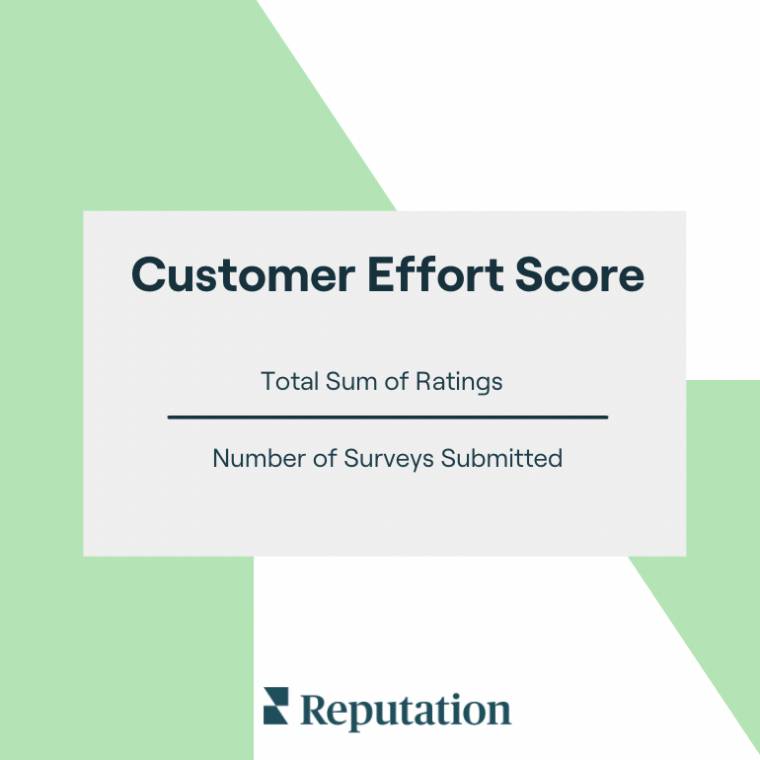It should go without saying that your business won't survive without good customer experience management. The best way to go about this is by creating a well-thought-out customer experience (CX) strategy built upon customer survey data. In order to gather customer feedback, your business needs to put extra thought into designing customer surveys. We'll cover all of that and more in the following sections:
- Different Types of Customer Experience Surveys
- 12 Tips for Customer Experience Survey Design
- How to Understand and Analyse Survey Metrics
- How to Use Survey Feedback to Improve the Customer Experience
Different Types of Customer Experience Surveys
While you should be sending out customer experience surveys at regular intervals, there should be a solid customer experience strategy behind selecting the specific type of survey you want to send out. As we previously wrote, here are six types of customer experience surveys you can choose between. Customer Satisfaction Surveys — Customer satisfaction surveys are the perfect avenue for finding out if your product or services live up to customers’ expectations. With these questionnaires, you can obtain valuable customer feedback that will elevate those survey respondents from customers to brand advocates. Market Research Surveys — This survey should be leveraged for more logistical reasons, as they tell you how and where consumers are purchasing your products. Metrics from these surveys can help you to gauge your competitive positioning within your industry. Brand Awareness Surveys — This survey is self-explanatory — it gauges brand awareness within your targeted customer demographic. It's a highly valuable survey type because people need to be aware of your brand to know they have it as an option. Results from this questionnaire type both bring attention to your brand give you insight into how you can make it more memorable. Event Evaluation Surveys — If your business ever hosts any type of event, it's wise to survey attendees on their thoughts on the experience. That way, you can closely monitor your brand’s interaction with customers. You can also extract the most value from the event and know how to plan better for the next one. Send out the survey while attendees are still at the event or immediately after so that everything is still fresh in their minds. Net Promoter Score —The Net Promoter Score (NPS) is a one-question survey that can give you valuable information to track over time. NPS surveys offer a good brand metric, as they can predict future customer loyalty. Customers answer the question, “How likely are you to recommend [brand] to someone?” on a scale of 1 to 10, with 10 being the most likely to recommend. This metric is easy to track over time and complements other customer satisfaction survey results well. But also keep in mind that this metric and can be influenced by things outside of some stakeholders' control. Keep in mind that answer options should read negative to positive, from left to right. This ensures someone who selects the most positive answer option has read the whole question and the answer options before selecting their answer. That way, you can have higher confidence in the results. In fact, if you order the answers positive to negative, you will have a slightly higher score as a few respondents just choose the first option without reading. Your score may technically end up being higher, but you didn't actually do anything to earn it. Related:Best Practices for Effective CX Design in 2021Segmentation Surveys — Segmentation app surveys help ensure that you focus your marketing efforts on the right demographic. These surveys help you understand the commonalities and differences within your overall target market related to demographics, geography, and more.
12 Tips for Effective Survey Design
There is no perfect survey metric. What's important is the insights captured and the actions you take. But the first step to take is sending out the most well-designed survey possible. Here are our top 12 tips on designing the best survey possible.
- Begin with your end goal in mind. Before writing your survey questions, write down the decisions and actions that you want the survey to inform. This will help focus the selection and wording of questions to capture actionable feedback.
- QA in mobile experience. Most customers will respond through social media on their mobile devices so think about their experience when building an online survey.
- Don't create an audit survey. Keep your questions for respondents to answer relevant to the main parts of the customer journey. If it's important to the customer, they will tell you about it within the comments.
- Ask an open-ended comment question. Make sure you add this question at either the start or end of the survey. It's important to get comments from both positive and negative customers. That way, you can learn where your business is excelling and where there is room for improvement.
- Use consistent scales for questions. Make sure to execute this within the survey for the main touchpoint question.
- Make the questions statements. Asking your customers to agree/disagree with statements can help ensure consistency.
- Avoid double-barreled questions. This includes questions such as, "Was the staff member friendly and knowledgeable?" Given the structure of this question, you won't know which one the respondent is rating your employee for.
- Avoid N/As as answer options in the survey. This shows the customer you don't know them, so use metadata to build conditional visibility. If this is not possible, ask qualifying questions before asking the customer to rate their experience.
- Add opt-ins to your surveys. If you want to ask more than 5 questions, consider adding an opt-in to your survey. Once you've asked the main questions, ask the customer if they have time to answer a few more questions. Normally around 85% will continue on with the survey. Doing this shows you respect your customers' time and can encourage future participation.
- Leverage Reputation's Review Booster. At the end of the survey, ask the customer for permission to share their comment publicly and seamlessly connect to Google or other review sites. This can boost review volume by 30%.
- Create an eye-catching survey. Use your own branding and make the experience engaging for the customer.
- Offer a close-the-loop process within the survey. If the expectation has not been met, ask them if they want a representative from your business to contact them. If this is triggered on the outcome question, normally more than 10% of customers will be offered this. More than 50% of those asked actually want to be contacted, so reaching out to them allows you to recover these customers and prevent bad word-of-mouth.
Related:How to Boost the Value of Your Customer Satisfaction Surveys
How to Understand and Analyse Survey Metrics
If you are trying to choose customer experience metrics, find ones that are linked to your company goals/mission statement. Collecting customer feedback is important for you to be able to figure out if you're delivering against your company's promise. For example, you should keep in mind that some metrics are really not appropriate for all touchpoints across a customer journey. After communication with a contact centre are you really likely to want to recommend them to a friend? Understanding customer experience after contacting a contact centre makes much more sense. With that in mind, pulling certain customer satisfaction metrics can give you a wealth of information to understand your customer base. Two to keep in mind are customer satisfaction and customer effort score. Here's a quick breakdown of how to calculate and understand those metrics.
Customer Satisfaction (CSAT)

A CSAT survey metric is an easy measure of how many survey respondents are satisfied with your business and its customer support team. This is calculated from questions in which you ask both happy and unhappy customers to rank their satisfaction with your business — that includes your customer service teams and the pain points surrounding your customer experience. Decide what minimum number is on the scale for a satisfied customer. Then, take the total number of satisfied customers and divide it by the number of total survey responses. Multiply that by 100 to get your final score to measure customer satisfaction.
Customer Effort Score (CES)

In the right type of survey, it's wise to include a question in your survey that allows customers to share how easy it was to do business with your team. A CES survey question should be ranked on a numerical scale. Take the total sum of ratings and divide it by the number of overall responses to get your CES score.
How to Use Survey Feedback to Improve the Customer Experience
Data from your surveys can provide the honest feedback you need to get a good grasp on the overall health of your customer experience. As long as you have a well-defined survey, the information you collect can allow you to take the action you need to implement positive, customer-centric change. In fact, customer feedback is perhaps the most important thing in your company's arsenal to improve the overall customer experience. As Digital Dot says, survey feedback can help businesses establish brand humanisation, which is one of the biggest obstacles that businesses face. Two-thirds of consumers are more likely to opt for a business that portrays concern for their opinion than one that doesn’t. Customers tell you everything your business needs to know in their survey answers. Take it seriously — implement change and respond to the negative reviews. This will inevitably lead to a better customer experience, and happier customers will benefit your company in the long run. Are you ready to take your company's survey data to the next level? Learn how to use it to create agreat customer experience programme.


